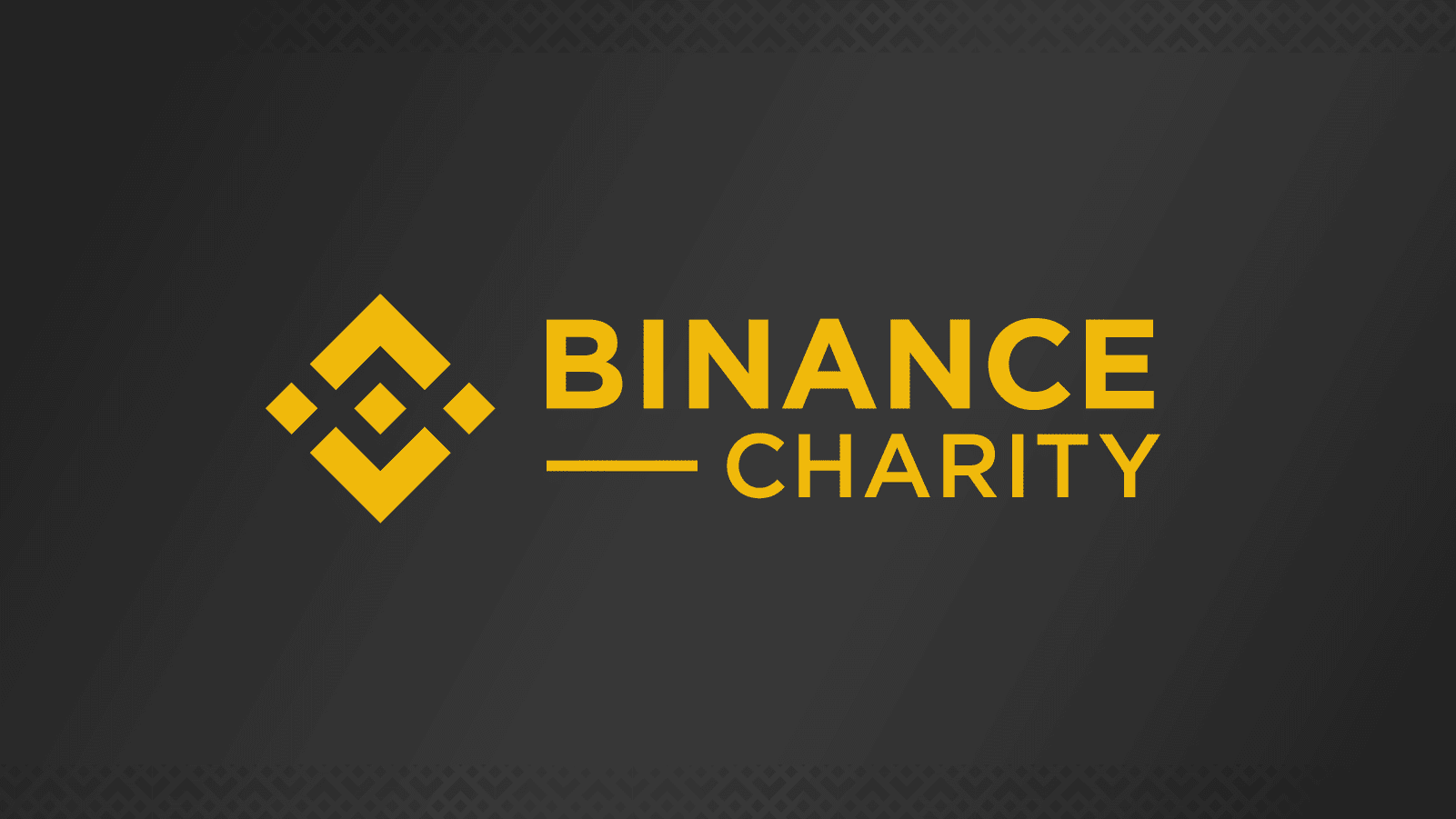Discovering fresh and financially rewarding investment concepts is an endless pursuit that confronts every investor or capital allocator. Although Bitcoin (BTC) and Ethereum (ETH) are the main topics of conversation when it comes to cryptocurrencies, the scope of opportunities available to investors is far more extensive.
A few of the candidates are closely linked with the Bitcoin and Ethereum blockchains, as they emerged to improve their functionalities. The Bitcoin and Ethereum blockchains are commonly referred to as layer 1 (L1) protocols, while the efforts to enhance their scalability and reach are referred to as layer 2 (L2) protocols.

What is the Value of Layer 1?
The value of a layer 1 (L1) protocol is derived from its “blockspace,”. It is the area on a blockchain where a smart contract or information resides. The demand for BTC, ETH, and tokens of other L1s determines their value as they act as tickets to access the information stored in the blockchain. Their price increases as more people want to access this information. It is similar to how tickets to a popular event become more expensive as demand increases. Therefore, people may purchase L1 tokens in anticipation of higher prices in the future as more individuals try to access the information on the blockchain.
Bitcoin enables individuals to participate in direct person-to-person transactions. Furthermore, the price of BTC increases as the demand for it rises. Ethereum and other similar layer 1 protocols provide people with access to smart contracts, decentralized finance (DeFi) protocols, and potentially unknown opportunities in the future, and the price of ETH and its counterparts is linked to the popularity of these applications.
However, blockspace is limited. Ethereum, the most significant smart contract-based layer 1 protocol, cannot handle the same level of transaction volume in comparison. It can only process a few dozen transactions per second, which is significantly lower than the Visa network or the New York Stock Exchange – this poses a significant barrier to the adoption of DeFi in traditional finance.
Difference Between Layer 1 and Layer 2
If a Layer 1 protocol is like a crowded room where people are trying to get in, imagine a scenario where there’s a long line at the door and the admission price is skyrocketing. This is where Layer 2s comes in. They function like an additional room at a convention, which serves as an overflow room. If you can’t get into the main auditorium to see the popular keynote speaker, you can watch their speech on a TV screen in a side room and network with other attendees.
Similarly, an L2 provides a place where transactions can be transferred from the L1 for faster and/or cheaper processing. However, these trades are connected to and can be sent back to the L1. If the L1 is a crowded room that everyone wants to get into, L2s offer new ways to access it. This will open up access and decreases congestion.
Polygon, Arbitrum, and Optimism are popular layer 2 protocols for Ethereum, while Stacks is a similar protocol for Bitcoin. Like their layer 1 counterpart, layer 2 protocols typically have their own cryptocurrency token. It serves as an incentive for using the network. As an investor, I consider investing in layer 2 protocols as an investment in the infrastructure that allows for greater access to the main network, while also creating opportunities for developers to build new and useful applications. Although I may not know what these applications are yet, I understand that additional levels and gateways are necessary for the network. Therefore, I aim to invest in the materials that will help build this new infrastructure.
Case Studies
Let’s take a closer look at some examples:
- When it comes to layer 2 platforms, Polygon is the most well-known for its scaling capabilities, allowing developers to build decentralized apps on Ethereum. Its speed, capable of 65,000 transactions per second, is much faster than Ethereum’s 30 TPS. JPMorgan created excitement last year by conducting a DeFi trade using Polygon, and its native token, MATIC, has a market capitalization of $9.8 billion and revenue of $47 million. Year-to-date, MATIC has increased by 48%.
- Immutable X serves as a scaling system for non-fungible tokens (NFT), seeking to solve the issue of high gas fees and slow processing times. Its native token, IMX, trails behind MATIC in market capitalization, currently standing at $880 million. The difference between the two tokens underscores MATIC’s significant market share and the potential opportunity for other tokens. IMX has risen by 173% year-to-date.
- Stacks, on the other hand, is focused on Bitcoin and has recently gained a lot of attention. While Polygon and Immutable X concentrate on Ethereum scaling, Stacks has enabled NFTs known as Ordinals and expanded Bitcoin beyond peer-to-peer transactions, which has piqued the interest of the crypto community. Its native token, STX, has outperformed all crypto assets, with market caps exceeding $1 billion and a year-to-date increase of 254%.
Conclusion
There are many layer 2 solutions in the crypto ecosystem that go beyond the ones mentioned. Some examples include Optimism (OP) and Loopring (LRC), which aim to enhance functionality within the crypto world. Additionally, Arbitrum has become a popular Ethereum L2 solution, surpassing Ethereum in terms of daily transactions.
The long-term viability of these projects remains to be seen. However, it’s important for everyone to consider the potential impact, opportunities, and access they offer.
Follow me on Twitter @JustVal_TA for more intriguing discussions.
Personal Note From MEXC Team
Check out our MEXC trading page and find out what we have to offer! You can learn more about crypto industry news. There are also a ton of interesting articles to get you up to speed with the crypto world. Lastly, join our MEXC Creators project and share your opinion about everything crypto! Happy trading!
Join MEXC and Get up to $10,000 Bonus!
Sign Up


